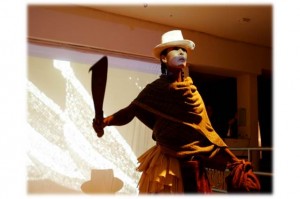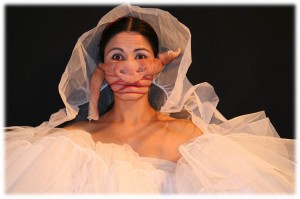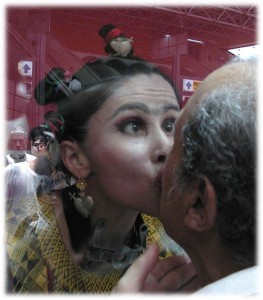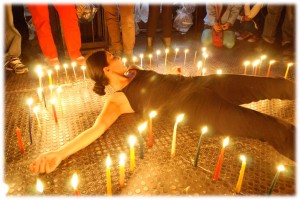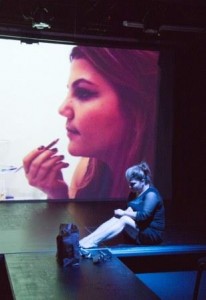 Massey University’s School of English & Media Studies will lead the way in Aotearoa/New Zealand arts education by launching a new paper in creative activism in 2015.
Massey University’s School of English & Media Studies will lead the way in Aotearoa/New Zealand arts education by launching a new paper in creative activism in 2015.
Launching simultaneously at Wellington and Auckland campuses in first semester 2015, 139.333 Creativity in the Community will immerse teams of students in the art and science of creative communication for social change, with guidance from experienced Expressive Arts educators. Students will be able to make a film or documentary, stage a collaborative community theatre event, use creative writing, or combine all of these, to work with a community group on a real issue.
Wellington course coordinator Associate Professor Elspeth Tilley said “communication activism pedagogy is an emerging trend internationally. It involves teaching students to apply their creative communication knowledge and skills to work with community partners to promote social justice.”
“We are seeing increasing application by social justice groups in Aotearoa of the power of the arts to drive change – for example Women’s Refuge is working on a giant statue of Kate Sheppard made up of the voices of people who want to stop domestic violence, and Greenpeace has been staging performance art all over the country with a lifesize polar bear. Not to mention the amazing work that theatre practitioners, such as the group Te Rakau Hua o Te Wao Tapu Trust to name just one, have been doing for a long time because of the recognition of the power of theatre to change lives.”
The Creativity in the Community course will equip students to plan, implement and evaluate these kinds of applied arts projects, giving them hands on experience in delivering creative activism but also requiring them to understand the ethical and managerial dimensions.
“Our Expressive Arts students already have a strong foundation in devising projects that use creative writing, theatre and multimedia by the time they reach third-year (see for example at left a student multimedia/theatre performance addressing issues of identity and binge drinking, from Wellington Creative Processes students 2014). This paper enables them to capstone that training by taking it to the next level, working with a community partner.”
Dr Tilley said there was a strong research and scholarship base behind creative activism that students will connect with in ‘Creativity in the Community’ to understand how to make their arts interventions effective and compelling.
“Internationally, students have worked on issues such as gender inequality and violence, ethnic and racial prejudice and discrimination, and health disparities and issues affecting those who live in poverty. Our students will research their communities and team up with local NGOs to choose projects that respond to genuine need. We know that this benefits the students as well as the communities, as service learning has been proven to develop skills in teamwork, project management, risk assessment, communication, professionalism and a host of other competencies that will ensure our students hit the ground running when they enter the workforce. A big plus of creative activism pedagogy is that it also develops students as engaged citizens who feel empowered to use their voice effectively to create a better world.”
Dr Tilley will coordinate Creativity in the Community at Wellington, while at Albany campus it will be led by Dr Rand Hazou, a specialist in applied and documentary theatre who has international research links with social justice theatre projects, as well as strong connections with theatre-for-social change groups in the Auckland region.
“We are really looking forward to launching this project and seeing the students’ learning come to life in real social change,” Dr Tilley said.
Links:
139.333 Paper Information for 2015: http://www.massey.ac.nz//massey/learning/programme-course-paper/paper.cfm?paper_code=139333
Bring back Kate campaign: http://www.3news.co.nz/Kate-Sheppard-statue-nears-completion/tabid/423/articleID/354173/Default.aspx
Theatre as a tool to transform: http://artsaccess.org.nz/theatre-as-a-tool-to-transform

